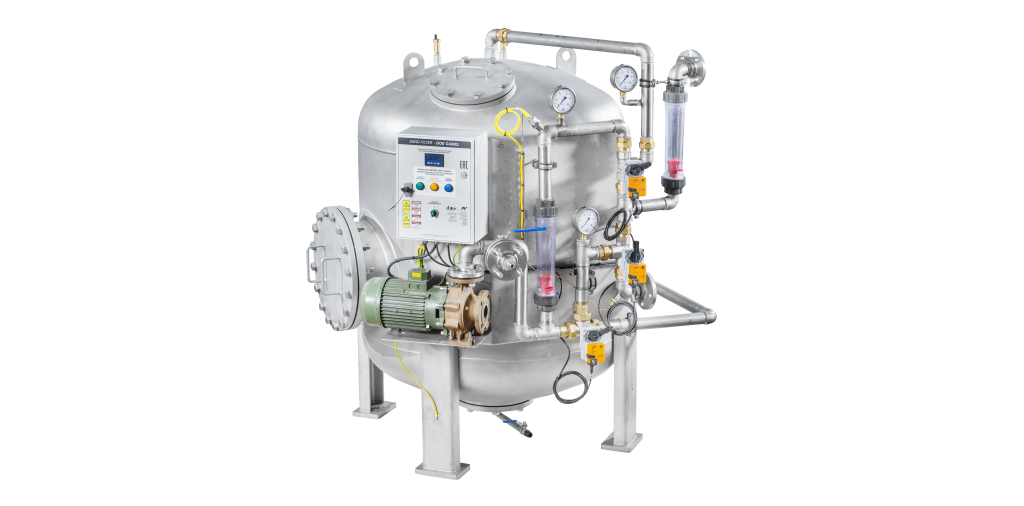Sand filtration is a common method of mechanical filtration used to remove suspended solids and other impurities from water and other liquids. It involves passing the liquid through a bed of sand, which traps the solid particles and allows the clean liquid to pass through.
In a typical sand filter, the bed of sand is contained in a tank or vessel with an inlet and outlet for the liquid. The liquid is introduced at the top of the bed, and gravity causes it to flow through the sand layer. The sand particles act as a physical barrier, capturing the solid particles and preventing them from passing through. The filtered liquid is collected at the bottom of the tank and discharged through the outlet.
Sand filtration is widely used in various industries, including municipal water treatment, swimming pool maintenance, and industrial process water treatment. It is an effective method for the removal of suspended solids, such as sand, silt, and algae, as well as some organic compounds and microorganisms.
One of the advantages of sand filtration technology is its relatively low cost and ease of operation. Sand filters are relatively simple to construct and maintain, and they can be easily scaled up or down depending on the production needs. Additionally, sand filters do not require electricity or chemicals to operate, making them environmentally friendly.However, one of the limitations of sand filtration technology is its inability to remove dissolved contaminants or very small particles, for which other filtration technologies such as membrane filtration may be more appropriate. Sand filters are also susceptible to clogging and fouling, which can reduce their effectiveness over time. Regular maintenance and cleaning of the filter are necessary to prevent these issues.
Here are some interesting facts about sand filtration:
1. Sand filtration has been used for centuries to purify water. Ancient civilizations, such as the Egyptians and Greeks, used sand filtration to clean water for drinking and bathing.
2. The first modern sand filter was invented by Scottish chemist Robert W. Smith in the mid-1800s. Smith’s filter was used to purify water for the city of Paisley, Scotland.
3. Sand filtration is still one of the most widely used methods of water treatment today. It is used in municipal water treatment plants, swimming pool maintenance, and industrial process water treatment.
4. The size and shape of the sand particles used in filtration can affect the effectiveness of the filter. Sand with irregular shapes or sizes can result in uneven filtration and reduced efficiency.
5. Sand filtration can be enhanced by the addition of chemicals such as alum or iron salts, which can help to remove dissolved contaminants such as organic matter and bacteria.
6. Sand filtration is a sustainable technology that requires relatively low energy input and produces no harmful byproducts or waste.
7. Sand filtration is often used in combination with other treatment technologies such as carbon adsorption and membrane filtration to achieve higher levels of purity and remove a wider range of contaminants.
8. Sand filters can be made from a variety of materials, including concrete, fiberglass, and steel. The choice of material depends on the specific application and the desired durability and maintenance requirements.
9. Sand filters are typically designed to last for many years with proper maintenance and cleaning. The lifespan of a sand filter can be extended through regular backwashing and replacement of the sand bed.

